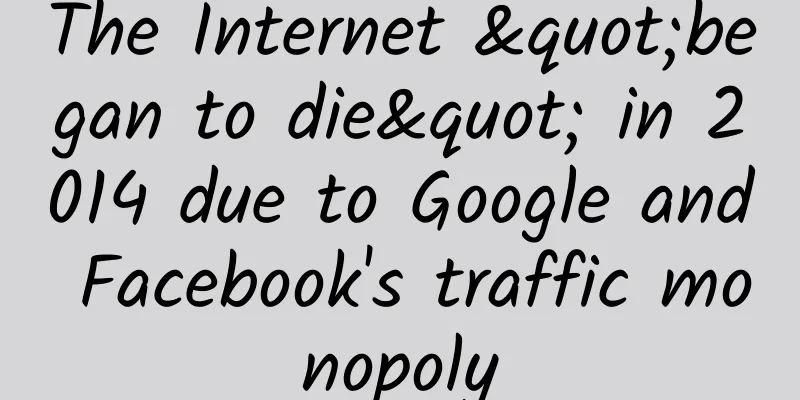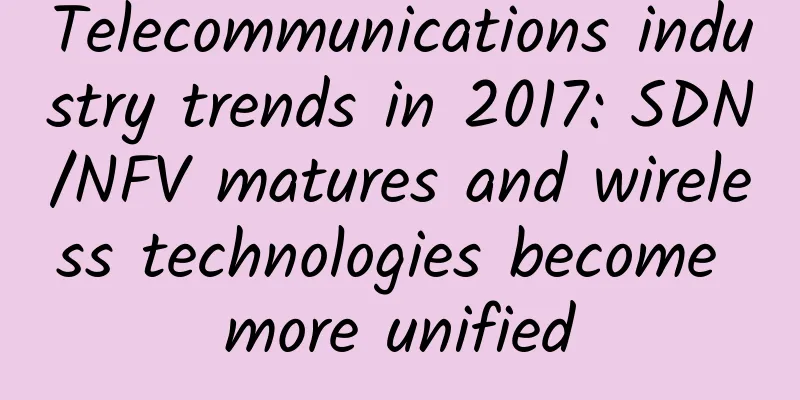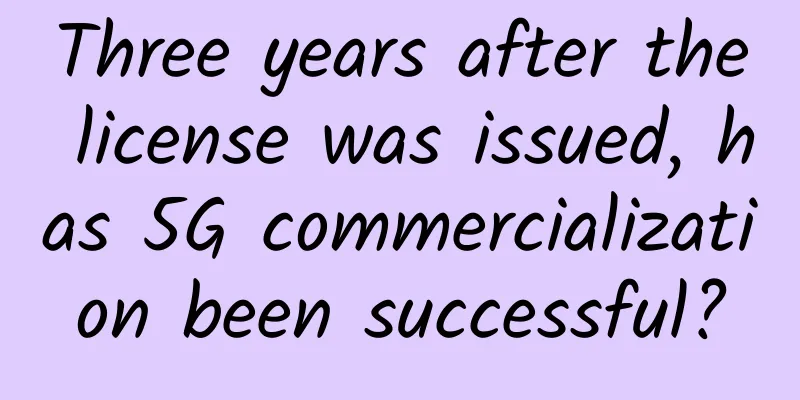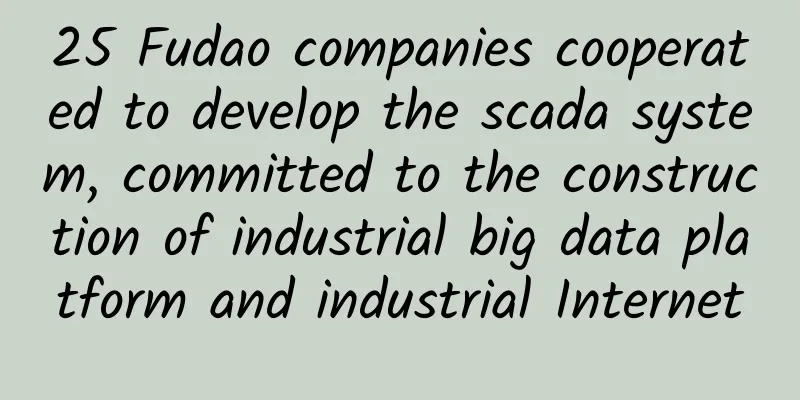The Internet "began to die" in 2014 due to Google and Facebook's traffic monopoly

|
Before 2014, a lot of people used Google, Facebook, and Amazon. Today, a lot of people still use the services of these three tech giants. Not much has changed, and literally the user interfaces and features on these sites have remained pretty much the same. However, the underlying dynamics of power on the web have changed dramatically, and these three companies are at the center of a fundamental transformation of the internet that will ultimately destroy it. Internet activity itself has not slowed down. It has continued to grow steadily, both in the number of users and the number of websites. What has changed over the past four years is the market share of web traffic. Google and Facebook now directly influence more than 70% of web traffic. Mobile Internet traffic now accounts for the majority of traffic worldwide, and in Latin America alone, Google and Facebook services accounted for 60% of mobile traffic in 2015, growing to 70% by the end of 2016. The remaining 30% of traffic is shared between all other mobile apps and websites. Mobile devices are primarily used to access the Google and Facebook networks. The way media sites get traffic also shows that Google and Facebook are in a dominant position on the Internet. The most popular web media resources that do not belong to Google and Facebook usually come from media. For example, there are six media sites in the top ten websites in the United States, and there are also six media sites in the top ten in Brazil. Where do media sites get traffic from? Before 2014, search engine optimization (SEO) was a common practice for web developers to improve Google search websites because it accounted for about 35% of traffic, while more than 50% of traffic came from other places on the web. In 2014-2016, Facebook's traffic grew by about 45%, surpassing search traffic. In 2017, media completely relied on Google and Facebook for web browsing because they were the channels for most of the traffic.
|
<<: Fault recovery and resource allocation in software-defined optical networks
Recommend
Verizon is embarrassed: 5G speed is slower than 4G
According to foreign media, PCMag recently tested...
CC attack & TCP and UDP correct opening posture
introduction: 1: CC attack is normal business log...
Talk: Application is slowed down? The culprit is Log4j!
[[338229]] Some time ago, we discovered that a Sa...
How powerful is WiFi7? Three times faster than WiFi6, as fast as lightning
Now the latest wireless routers on the market bas...
[Black Friday] 10% off on all VPS at BandwagonHost, US/Hong Kong CN2 GIA lines available, starting from $44.99 per year
Bandwagonhost has also released a discount code f...
5G and WiFi6 technologies are driving the development of the Internet of Things
The strategic combination of 5G and WiFi6 network...
F5G, not so mysterious
[[342086]] This article is reprinted from the WeC...
Fiber Polarity and Its Role in Switching Technology
Before we delve into the world of switching techn...
Do you know the ins and outs of threads?
[[280855]] The process has been a little troubled...
Global semiconductor industry capital expenditure will reach nearly $150 billion in 2021
[[426618]] On the 29th, the Semiconductor Industr...
Wi-Fi 6: Gigabit bandwidth access is imperative
As one of the most important infrastructures, fib...
HTTP also has long and short connections? HTTP long connection vs. short connection
You must have heard about the so-called long conn...
Intent-driven networking is reshaping network service delivery
When configuring a network, engineers typically f...
5G development has entered a critical period, and the following major applications are worth paying attention to in 2021
Since its official commercial launch in 2019, aft...









